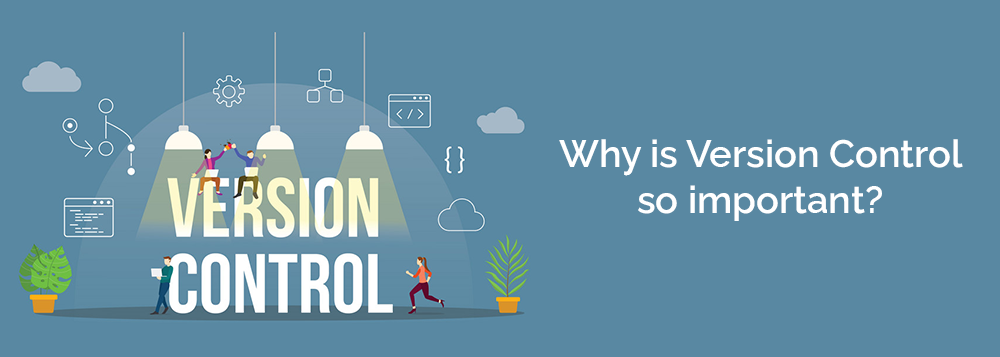Humans tend to commit mistakes, and when speaking of coding things aren’t any different. Thus it is important for developers to practice tracking and managing software codes. Introducing “Version Control” to handle changes to origin code in due time.
Version Control or Source Control systems are software tools that help developers to govern modifications to root code in the long run. But why do developers need to manage transformations to the code?
Developing isn’t a play game. It indeed demands creativity, dedication and passion to come up with more advanced and problem-solving driving codes. Plus they are required to keep an eye on the fast-changing development environments. The creativity has to be trend aligned, solution giving and easy to operate. And with Version Control software, teams can work faster and smarter. Not just the pace but they help in cutting down development time and escalate successful disposition.
Software designed specifically for performing such tasks keeps a record of every alteration to the code in a special kind of database. If any error occurs, developers are provided with an option to look back and make comparisons of previous versions of the code to help amend the mistakes without causing any interruptions to other teammates.
Let’s prepare an accelerated checklist to employ to make sure you’re applying the right version control practices to your code.
1: Commits
Exercising version control to commits is consequential. Thus being a developer you should always keep in mind that-
- They are atomic, logical, complete, identifiable and determined.
- Corrections are noticeable with recurrent commits.
- Double-check before committing to the primary (main or master branch).
- Make commits changeable
2: Branching
Practising branching best practices is crucial to success. But doing so can be tricky. A significant branching strategy must aim to:
- Augment productivity
- Set up corresponding development
- Give consent for a bunch of planned, structured releases
- Provide an unambiguous promotion path software changes through production
- Advanced to take in changes that are brought frequently
- Support multiple versions of discharged software and patches
3: Security
It is one another substantial version control best practices. You need to make sure that the security plan contains these levels:
- Data: A rather most significant level. Encryption at rest and in transit; distinct file and file-type permissions controls.
- Users: Conformation and Commission; blending with establishment implements.
- Branches and Streams: Cleaving accession control corresponding to the purpose of modification- development or deployment.
- Audit Imprints: A fixed record of all changes.
- Trouble Spotting: Harnessing data collected to caution of unintended or despiteful risks.
There is always an option to develop software without using any version control. But bear in mind that such an activity puts the project at a high risk that no technicalized team would want to accept.
Fancying software developed is easy, but being assisted by a team of experts is hard to find. Thus Qualhon Informatics Pvt. Ltd. brings you the best teams of developers, who practice version control while developing software, to get your desired service done with utmost satisfaction.
Contact us and grab your FREE Quote today!



